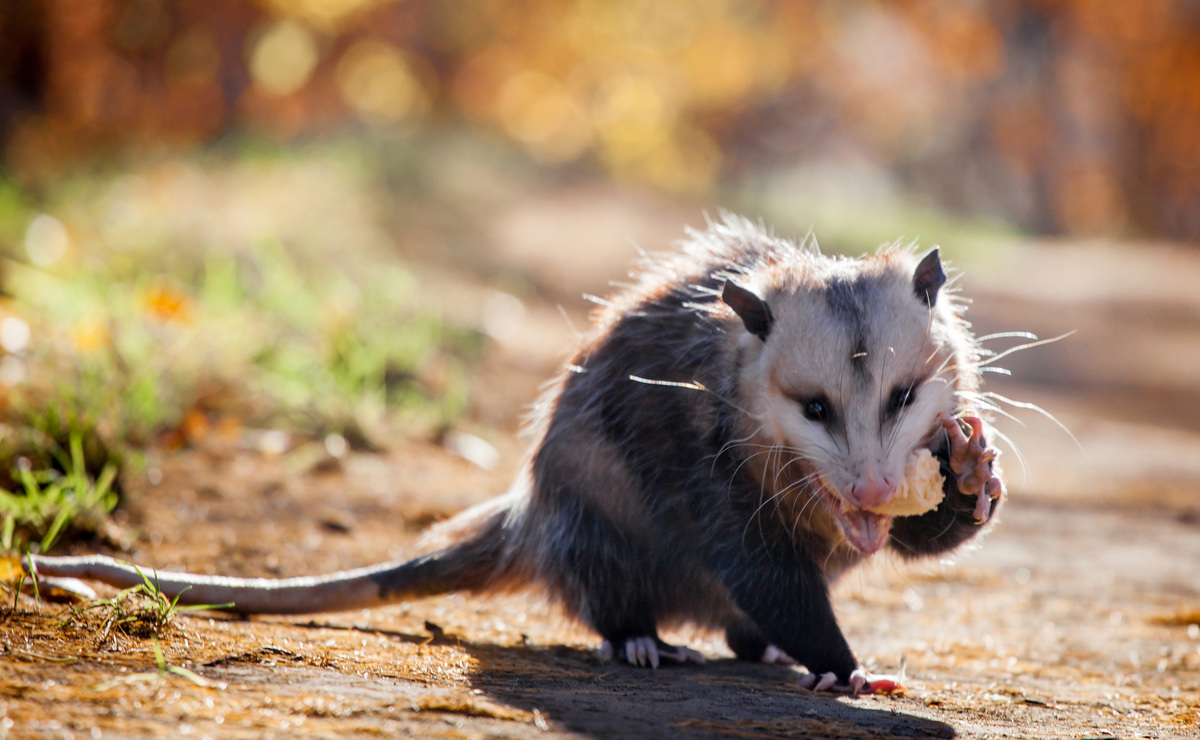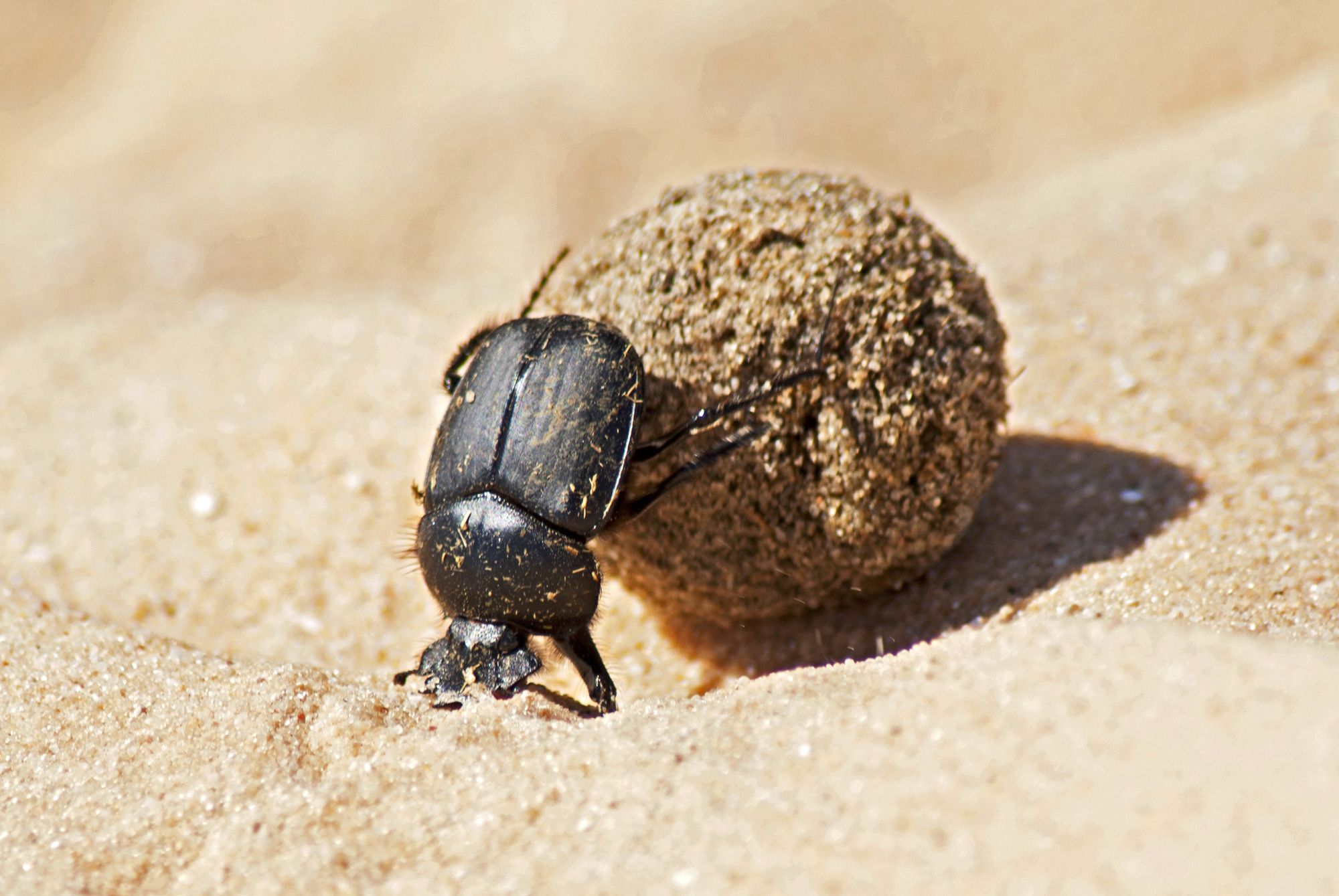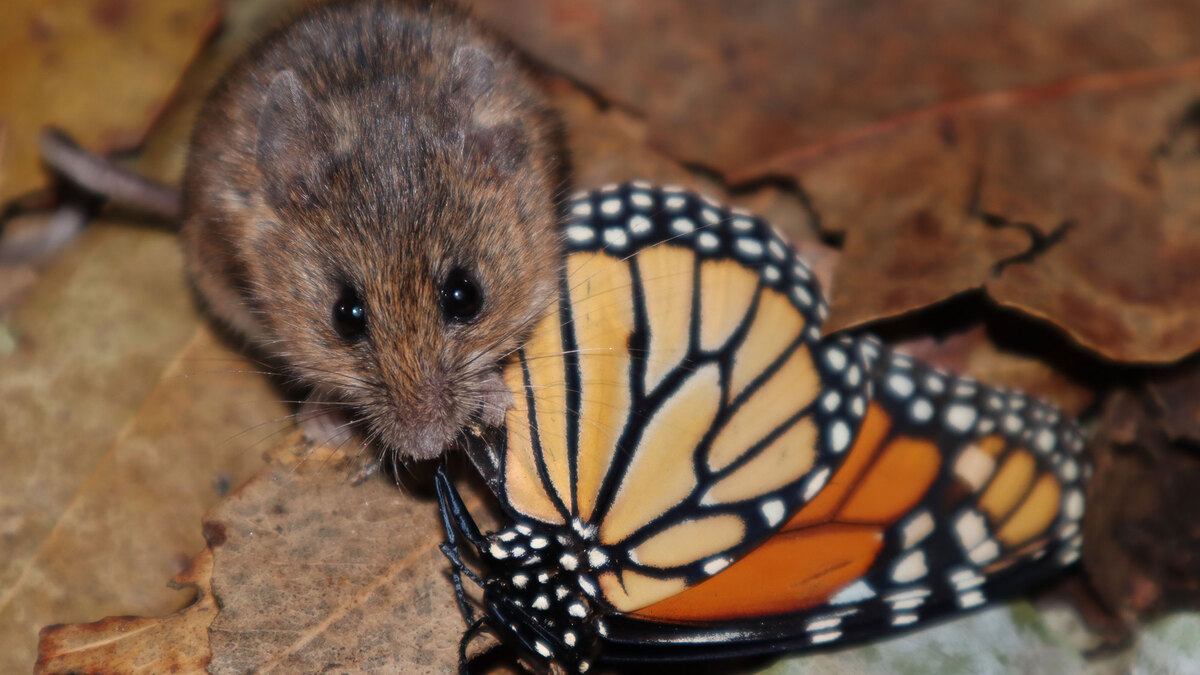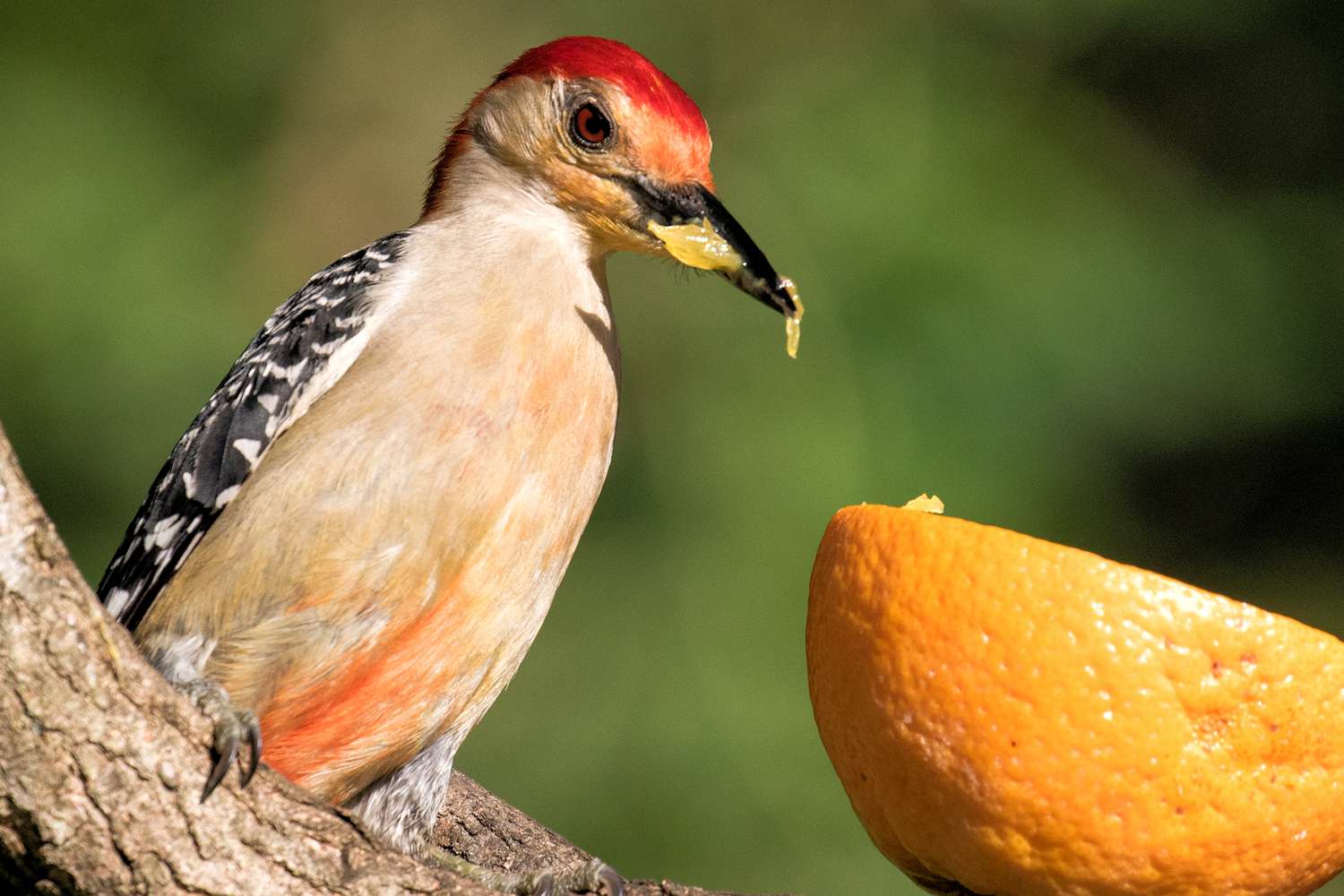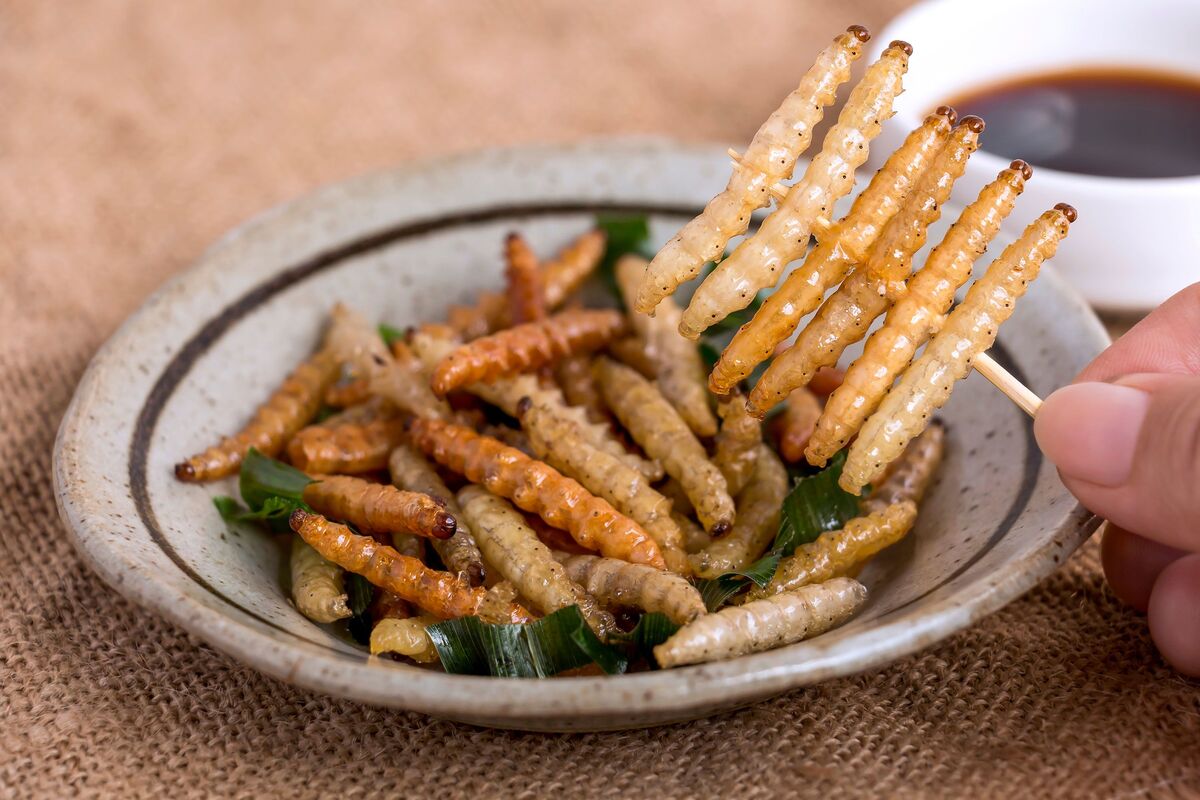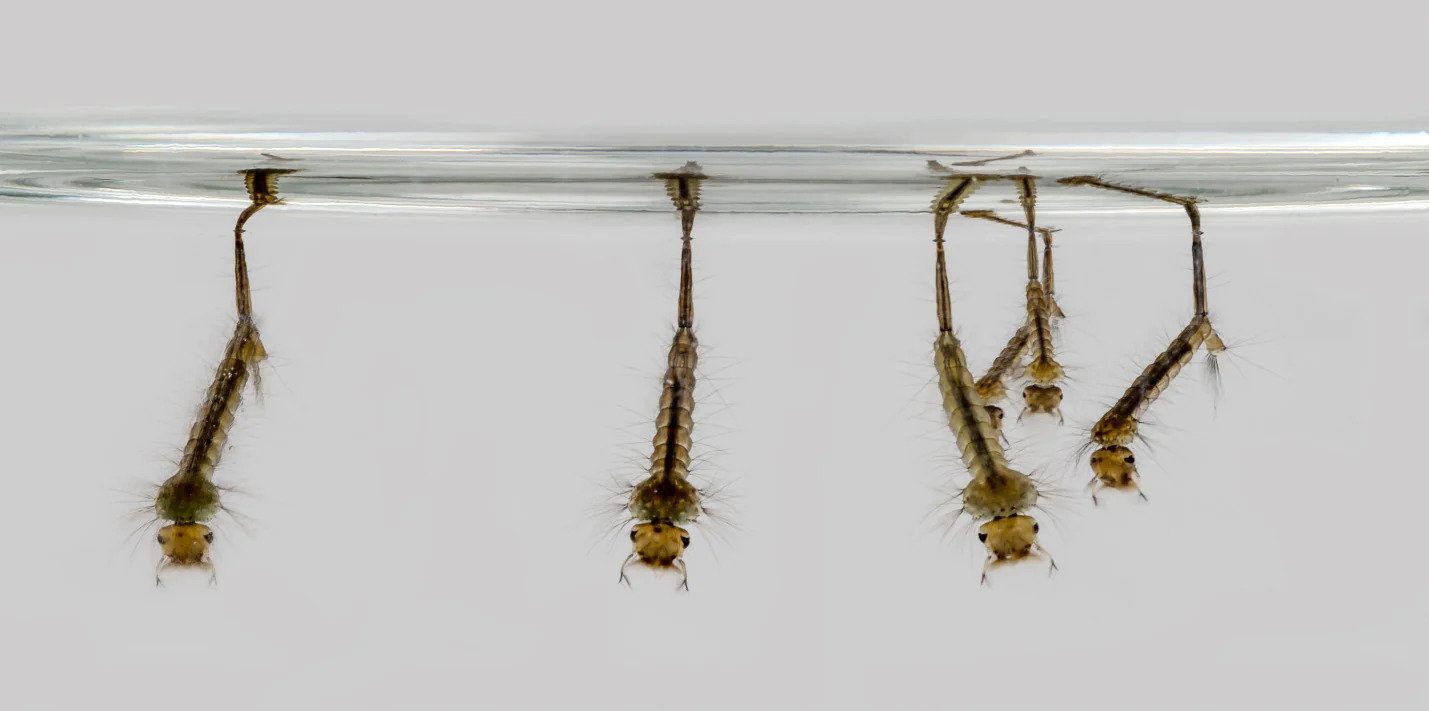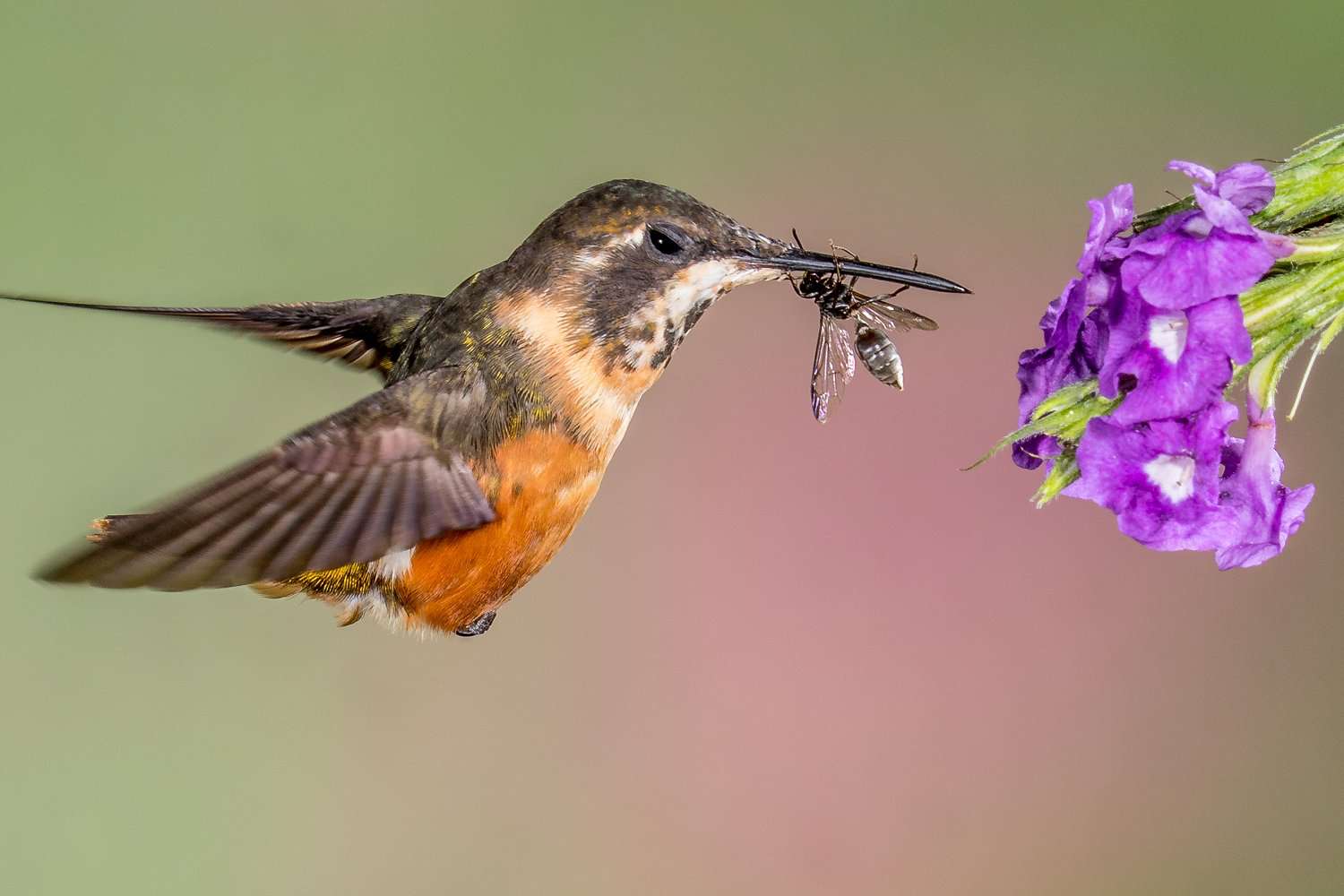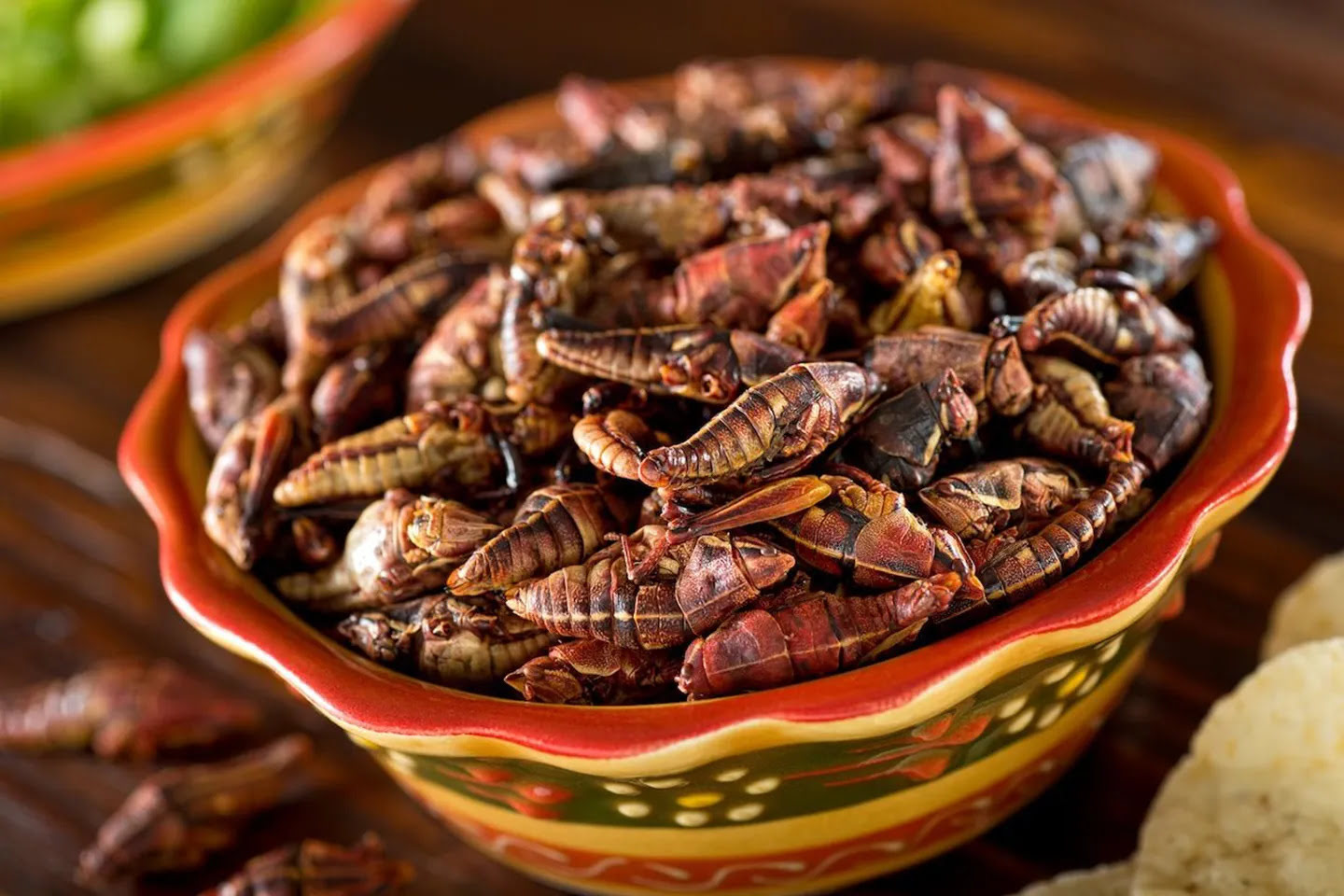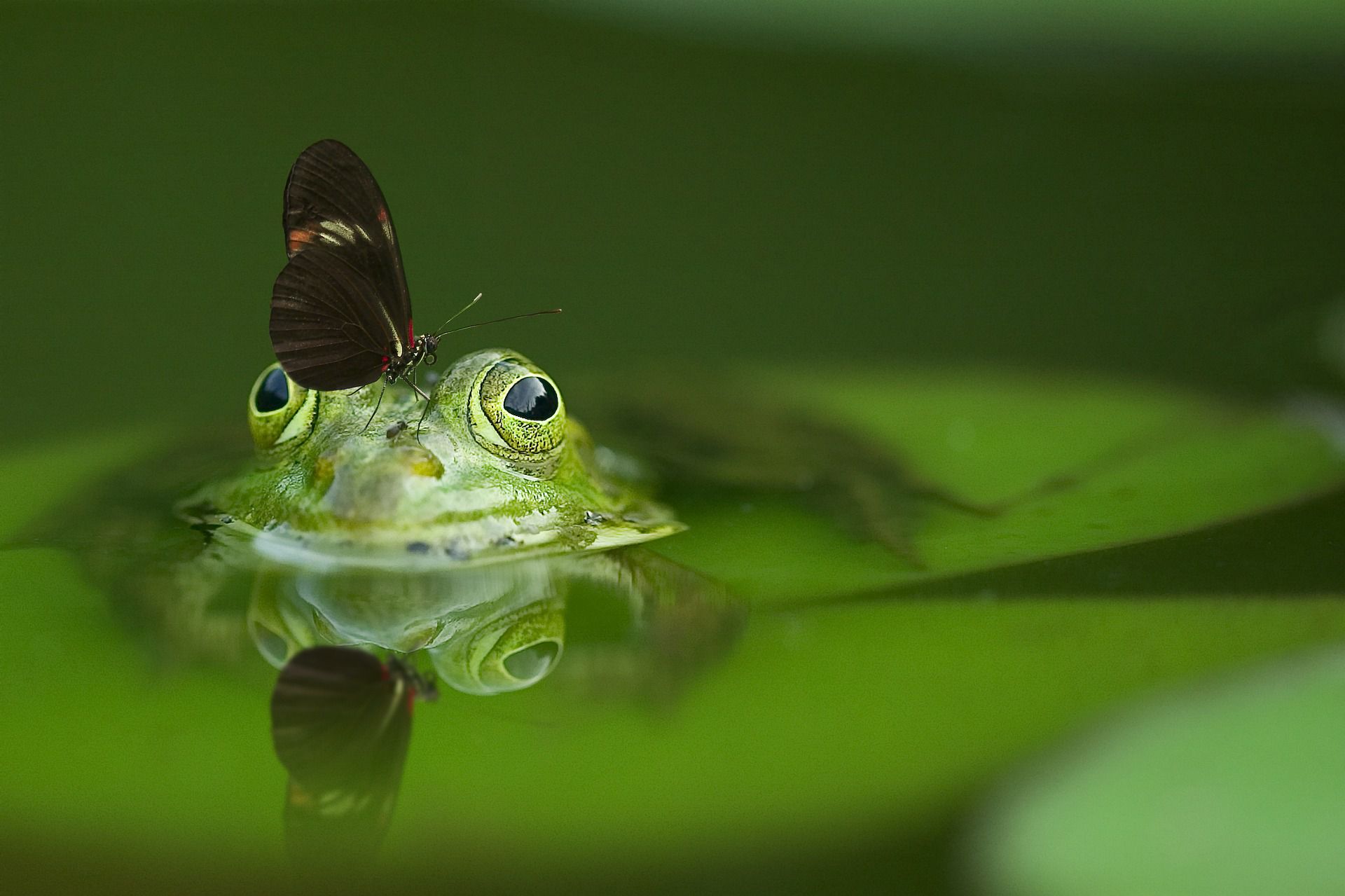Home>Gardening News and Trends>Latest News>Why Do Pitcher Plants Eat Insects


Latest News
Why Do Pitcher Plants Eat Insects
Modified: January 22, 2024
Discover the fascinating world of pitcher plants. Find out why these unique plants feed on insects and stay up to date with the latest news in the field.
(Many of the links in this article redirect to a specific reviewed product. Your purchase of these products through affiliate links helps to generate commission for Chicagolandgardening.com, at no extra cost. Learn more)
Table of Contents
Introduction
Pitcher plants are fascinating and unique members of the plant kingdom that have evolved to eat insects. These carnivorous plants have specialized leaves, known as pitchers, which function as deadly traps for unsuspecting insects. Found in various parts of the world, from tropical rainforests to temperate regions, pitcher plants have mastered the art of capturing and digesting insects for their nutritional benefits.
Pitcher plants have become the subject of scientific curiosity and awe, captivating researchers and nature enthusiasts alike. Their incredible adaptations and feeding mechanisms have sparked interest in understanding how and why these plants have evolved to consume insects. By delving into the intricacies of pitcher plants’ feeding habits, we can gain insight into the complexities of nature and the remarkable adaptations that enable survival in diverse ecosystems.
In this article, we will explore the captivating world of pitcher plants, their unique adaptations, the nutritional benefits they derive from consuming insects, and their role in the ecosystems they inhabit. By understanding these fascinating aspects of pitcher plants, we can gain a deeper appreciation for the wonders of the natural world and the incredible diversity of life forms that exist within it.
What are pitcher plants?
Pitcher plants, scientifically known as Nepenthaceae, are a group of carnivorous plants that have adapted to thrive in nutrient-poor environments. They are characterized by their modified leaves called “pitchers,” which are elongated, tubular structures that trap and digest insects. These unique plants are primarily found in wetland areas, such as bogs, swamps, and rainforests, where they have to rely on insects to supplement their nutrient requirements.
There are several species of pitcher plants, each with its own distinct characteristics and geographic distribution. These include the tropical pitcher plants (Nepenthes), the American pitcher plants (Sarracenia), and the Asian pitcher plants (Nepenthes and Cephalotus). Despite their geographic differences, all pitcher plants share a common goal – to capture and digest insects to extract essential nutrients, such as nitrogen and phosphorus, that are lacking in their environment.
The pitcher itself is a highly specialized structure, often resembling a pitcher or a vase, hence the name “pitcher plant.” It is formed by a modified leaf, which has undergone significant morphological changes to attract, trap, and digest prey. The pitcher has distinct zones, with the upper portion functioning as a lid or hood to prevent rainwater from entering, while the lower portion contains a digestive fluid that aids in the breakdown of captured prey.
One of the striking features of pitcher plants is their incredible diversity in shape, size, color, and trapping mechanisms. For example, some pitcher plants have pitchers that are bulbous and bulb-shaped, while others have elongated and slender pitchers that hang downwards. These variations in pitcher morphology often reflect the specific adaptations of each species to its particular ecological niche.
Overall, pitcher plants are an extraordinary example of nature’s ingenuity, showcasing how some plants have evolved unique strategies to overcome nutritional limitations in their habitat. Their specialized leaves and intricate mechanisms for attracting and capturing insects have allowed pitcher plants to thrive in environments where other plants struggle to survive.
Adaptations of pitcher plants
Pitcher plants have evolved a range of fascinating adaptations that enable them to effectively capture and digest insects. These adaptations have developed over time in response to their nutrient-poor habitats and the need to supplement their diet with prey. Let’s explore some of the remarkable adaptations of pitcher plants:
- Pitcher shape and size: Different species of pitcher plants have distinct pitcher shapes and sizes. This variation enables them to target specific prey, as well as adapt to different environmental conditions. Some pitcher plants have wide and shallow pitchers, which are suitable for capturing crawling insects, while others have narrow and deep pitchers, better suited for trapping flying insects.
- Pitcher coloration and patterns: Pitcher plants often display vivid colors and striking patterns on their pitchers. These visual cues help attract insects by mimicking flowers or luring prey with the promise of nectar. Some pitchers have brightly colored stripes or speckles, resembling veins that guide insects towards the trap.
- Pitcher secretion: The inner walls of pitcher plants secrete a combination of nectar, digestive enzymes, and slippery compounds. These secretions serve multiple purposes. Nectar acts as a lure, enticing insects into the pitcher. Digestive enzymes help break down trapped prey, while slippery compounds prevent insects from climbing out.
- Trichomes: Many pitcher plants possess tiny, hair-like structures called trichomes on the inner walls of their pitchers. These trichomes make the surface of the pitcher slippery, preventing insects from escaping once they fall inside. Trichomes also act as guideposts, directing insects towards the digestive fluid at the base of the pitcher.
- Lobes and lids: Some pitcher plants have modified upper pitcher lids or hoods, known as opercula or operculum. These structures play a role in regulating the amount of rainwater that enters the pitcher. By controlling the water level, pitcher plants can maintain the optimal conditions for trapping prey without drowning them.
- Waxy coatings: The outer surfaces of pitcher plants are often covered in a waxy coating. This coating helps repel water and reduces adhesion, preventing insects from landing on the pitchers and easily escaping. It also protects the plant from self-digestion and inhibits the growth of harmful microorganisms.
These adaptations collectively contribute to the pitcher plants’ success in attracting, trapping, and digesting insects. By maximizing their efficiency in capturing prey, pitcher plants have found a unique way to adapt to their challenging environments and secure the nutrients they need for survival.
Nutritional Benefits of Eating Insects
Pitcher plants have evolved the ability to consume insects as a means to compensate for the nutrient deficiencies in their environments. While most plants obtain their nutrients from the soil, pitcher plants have adapted to thrive in nutrient-poor habitats by supplementing their diet with insects. Let’s explore the nutritional benefits that pitcher plants derive from eating insects:
- Rich source of nitrogen: Insects are rich in nitrogen, an essential nutrient required for plant growth and development. This nutrient is typically limited in wetland soils, making it difficult for pitcher plants to obtain adequate nitrogen through traditional means. By capturing and digesting insects, pitcher plants acquire the nitrogen they need to support their growth and reproduction.
- Abundance of other nutrients: In addition to nitrogen, insects also provide essential nutrients such as phosphorus, potassium, and micronutrients. These nutrients are crucial for various physiological processes, including enzyme activation, photosynthesis, and cell division. By consuming a diverse range of insect prey, pitcher plants ensure they have a balanced nutrient intake.
- High-quality protein: Insects are an excellent source of high-quality protein. Proteins are essential for building and repairing tissues, as well as for supporting various metabolic functions. Pitcher plants rely on the protein obtained from insects to support their growth and development, particularly during their reproductive phase.
- Energy supplementation: Insects are rich in fats and carbohydrates, which provide an additional energy source for pitcher plants. When other nutrient sources are limited, insects serve as an important energy supplement, allowing pitcher plants to meet their metabolic needs and sustain their physiological processes.
- Microbial symbiosis: Pitcher plants often form symbiotic relationships with microorganisms that aid in nutrient acquisition. The digestive fluid within the pitcher contains enzymes produced by bacteria, fungi, and protozoa. These microorganisms help break down the complex molecules in captured insects, facilitating nutrient absorption by the plant.
The nutritional benefits of consuming insects are essential for the growth, development, and reproduction of pitcher plants. By exploiting this unique dietary strategy, pitcher plants have found a way to circumvent the constraints imposed by their nutrient-poor environments and thrive in habitats where other plants struggle to survive.
Attracting and Capturing Insects
Pitcher plants have evolved a variety of strategies to attract and capture insects, ensuring a steady supply of prey for their nutritional needs. These plants employ a combination of visual, olfactory, and tactile cues to lure unsuspecting insects into their deadly traps. Let’s dive into how pitcher plants attract and capture insects:
- Visual cues: Many pitcher plants have colorful and conspicuous pitchers that resemble flowers or other attractive structures. The vibrant hues and patterns on the pitchers are visual cues that trick insects into mistaking them for potential food sources or safe resting spots. This clever visual deception draws unsuspecting insects towards the pitcher, leading them to their demise.
- Olfactory attraction: Some pitcher plants emit scent molecules, known as volatiles, to attract insects. These volatiles can mimic the scent of flowers or decaying organic matter, attracting a wide range of insects seeking food or breeding sites. Once the insects follow the scent trail, they are lured into the pitcher and become trapped.
- Nectar secretion: Pitcher plants often produce nectar, a sweet substance that serves as bait to entice insects. The presence of nectar acts as a powerful attractant, as many insects are drawn to its high sugar content. Insects that come in search of nectar inadvertently fall into the pitcher, where they become trapped and eventually become prey for the plant.
- Slick surfaces: The inner walls of pitcher plants are often covered in a slippery or waxy coating. This makes it difficult for insects to cling onto the walls, causing them to lose their grip and fall into the pitcher. The slippery surfaces increase the effectiveness of the traps, ensuring that once insects enter the pitcher, escape becomes nearly impossible.
- Trapping mechanisms: Pitcher plants employ various methods to physically capture insects. Some species have downward-facing hairs or spines near the opening of the pitcher, which impede the insect’s ability to climb back out. Others have inward-pointing structures, such as downward-pointing hairs, that act as barriers, preventing prey from exiting the pitcher once they are inside.
- Deceptive cues: Pitcher plants often employ deceptive tactics to lure insects. For example, some species have specialized appendages or features within the pitcher that provide a sense of security, making insects more likely to enter. Additionally, the accumulation of organic matter, such as dead insects and fallen leaves, in the bottom of the pitcher can create an environment that appears suitable for insect feeding and breeding, further enticing unsuspecting prey.
By utilizing a combination of visual, olfactory, and tactile methods, pitcher plants have perfected the art of attracting and capturing insects. These remarkable strategies ensure a constant supply of prey, allowing pitcher plants to thrive in environments where other plants struggle to survive.
Digestion Process in Pitcher Plants
The digestion process in pitcher plants is a marvel of biological adaptation, allowing these carnivorous plants to extract essential nutrients from the insects they capture. Once an insect enters the pitcher and becomes trapped, a series of chemical and enzymatic processes take place to break down the prey. Let’s explore the digestion process in pitcher plants:
- Enzyme secretion: The inner walls of the pitcher produce a variety of digestive enzymes that begin the breakdown of captured insects. These enzymes, including proteases, chitinases, and lipases, help break down complex proteins, carbohydrates, and fats into smaller, more easily absorbable molecules.
- Fluid accumulation: As the insect decomposes and releases nutrients, a combination of rainwater and digestive secretions collect within the pitcher. This fluid creates an aqueous environment that promotes enzymatic activity and nutrient extraction.
- Nutrient absorption: The inner surface of the pitcher contains specialized cells that can absorb the nutrients derived from the decomposing insect. These cells absorb amino acids, sugars, and other small organic molecules, transporting them throughout the plant to support growth and development.
- Microbial assistance: Pitcher plants often establish symbiotic relationships with microorganisms, such as bacteria and fungi, that aid in the digestion process. These microorganisms contribute additional enzymes that break down complex molecules, further facilitating nutrient absorption by the plant.
- Digestion time: The digestion process in pitcher plants may take several days to weeks, depending on the size and composition of the captured prey. Larger insects or organisms with tougher exoskeletons often require more time to break down fully, allowing the plant to extract the maximum amount of nutrients.
- Pitcher reset: After digestion is complete, the pitcher plant may expel the remnants of the dissolved prey or incorporate the nutrient-rich residue into its tissues. In some species, the pitcher may also undergo a renewal process, where the old pitcher dies off, and a new one develops to continue attracting and capturing insects.
The digestion process in pitcher plants is a complex and finely-tuned mechanism that allows these plants to obtain the necessary nutrients to survive in nutrient-poor environments. By utilizing a combination of enzymatic digestion, fluid accumulation, and nutrient absorption, pitcher plants have evolved an efficient method of extracting essential nutrients from the insects they consume.
Role of Pitcher Plants in Ecosystems
Pitcher plants play a crucial role in the ecosystems where they are found, contributing to various ecological processes and supporting the biodiversity of their habitats. These carnivorous plants have far-reaching effects on both biotic and abiotic components of their ecosystems. Let’s explore the important roles that pitcher plants fulfill:
- Pest control: Pitcher plants act as natural pest control agents, especially in areas where insect populations can reach detrimental levels. By capturing and consuming insects, pitcher plants help regulate insect populations, preventing outbreaks and mitigating potential damage to other plant species.
- Pollinator attraction: The visual cues, nectar secretion, and scent emissions of pitcher plants attract a wide range of insects, including pollinators such as bees and flies. These visiting insects inadvertently transfer pollen from one plant to another, facilitating cross-pollination and contributing to the reproductive success of various plant species in the ecosystem.
- Nutrient recycling: As pitcher plants decompose trapped insects, they release nutrients back into the ecosystem. The breakdown of organic matter within the pitchers contributes to nutrient cycling, making these nutrients available for uptake by other plants and organisms in the habitat.
- Habitat provision: Pitcher plants create microhabitats within their pitchers that support a diverse array of microorganisms. These microorganisms play important roles in nutrient cycling, decomposition, and symbiotic relationships with the plant. The pitchers also provide refuge and breeding sites for small organisms, such as aquatic insects and protozoa.
- Erosion control: In areas with waterlogged soils or steep slopes, pitcher plants can help mitigate erosion by absorbing excess water and stabilizing the soil with their extensive root systems. This role becomes particularly important in areas where soil erosion poses a threat to the integrity of the ecosystem.
- Indicators of habitat quality: The presence or absence of pitcher plants can serve as an indicator of ecosystem health and habitat quality. Since pitcher plants are highly specialized and have specific habitat requirements, their presence suggests suitable environmental conditions and a functioning ecosystem.
- Research and educational value: Pitcher plants serve as subjects of scientific research, providing insight into evolutionary adaptations, ecological interactions, and plant physiology. Their unique characteristics and diverse species make them valuable educational tools, inspiring curiosity and fostering appreciation for the natural world.
Through their multifaceted roles, pitcher plants contribute to the stability, dynamics, and biodiversity of their respective ecosystems. Their intricate interactions with other organisms and their impact on nutrient cycling highlight the significance of these fascinating carnivorous plants within their ecological communities.
Conclusion
Pitcher plants are extraordinary examples of nature’s ingenuity, showcasing the incredible adaptations plants can evolve to survive in challenging environments. These carnivorous plants have developed specialized leaves, known as pitchers, to attract, capture, and digest insects. Through their unique strategies, pitcher plants obtain essential nutrients, such as nitrogen, phosphorus, and proteins, that are scarce in their nutrient-poor habitats.
The adaptations of pitcher plants, including their diverse pitcher shapes, attractive colors, scent emissions, and slippery surfaces, enable them to lure unsuspecting insects into their deadly traps. Once trapped, a process of enzymatic digestion begins, breaking down the insects and extracting vital nutrients for the plant’s growth and development.
Pitcher plants play vital roles in ecosystems. They provide natural pest control, regulating insect populations and preventing outbreaks. They also attract pollinators, facilitating cross-pollination and supporting the reproductive success of other plant species. Furthermore, pitcher plants contribute to nutrient cycling, provide habitats for microorganisms, help control erosion, and act as indicators of habitat quality.
Studying pitcher plants not only expands our understanding of plant adaptation and ecological interactions but also serves as a valuable tool for research and education. These incredible plants continue to captivate scientists, nature enthusiasts, and students alike, inspiring awe and fostering appreciation for the wondrous diversity and complexity of the natural world.
In conclusion, pitcher plants exemplify the astonishing ways in which plants have evolved to survive and thrive in challenging environments. Their unique adaptations, captivating strategies for attracting and capturing insects, and important ecological roles make them truly remarkable members of the plant kingdom.
